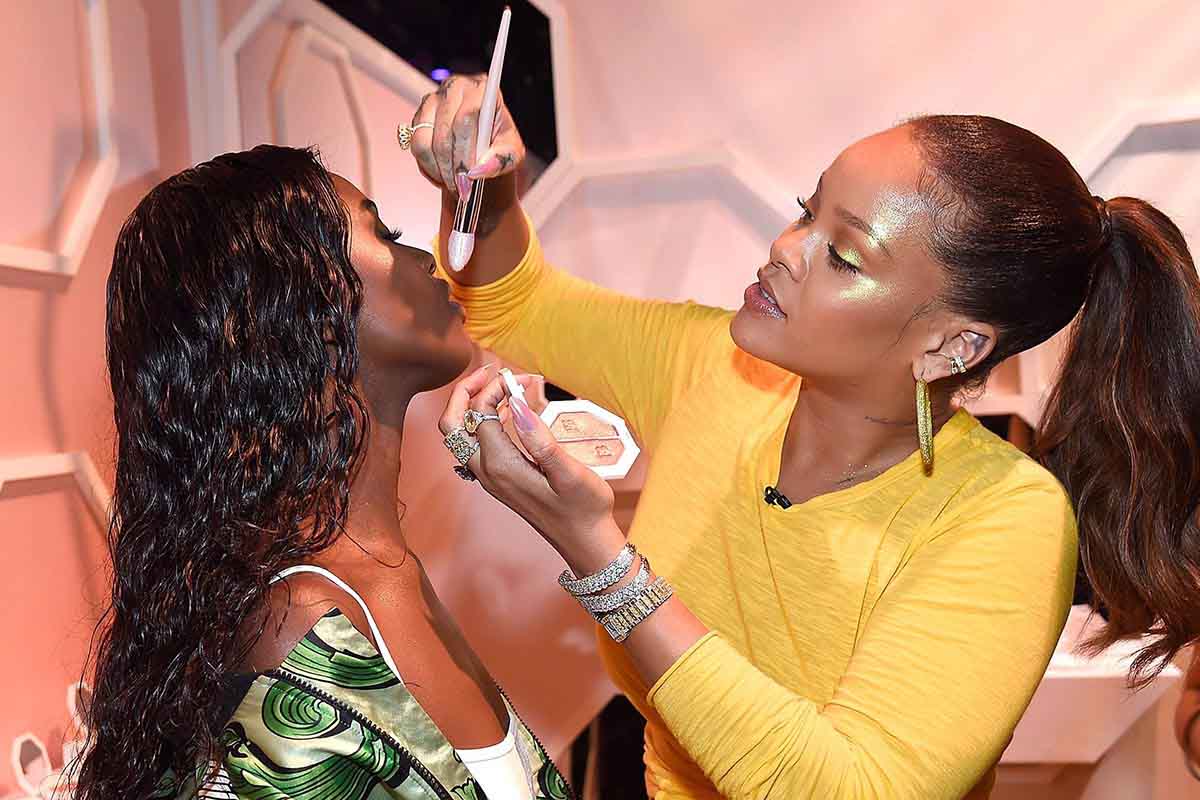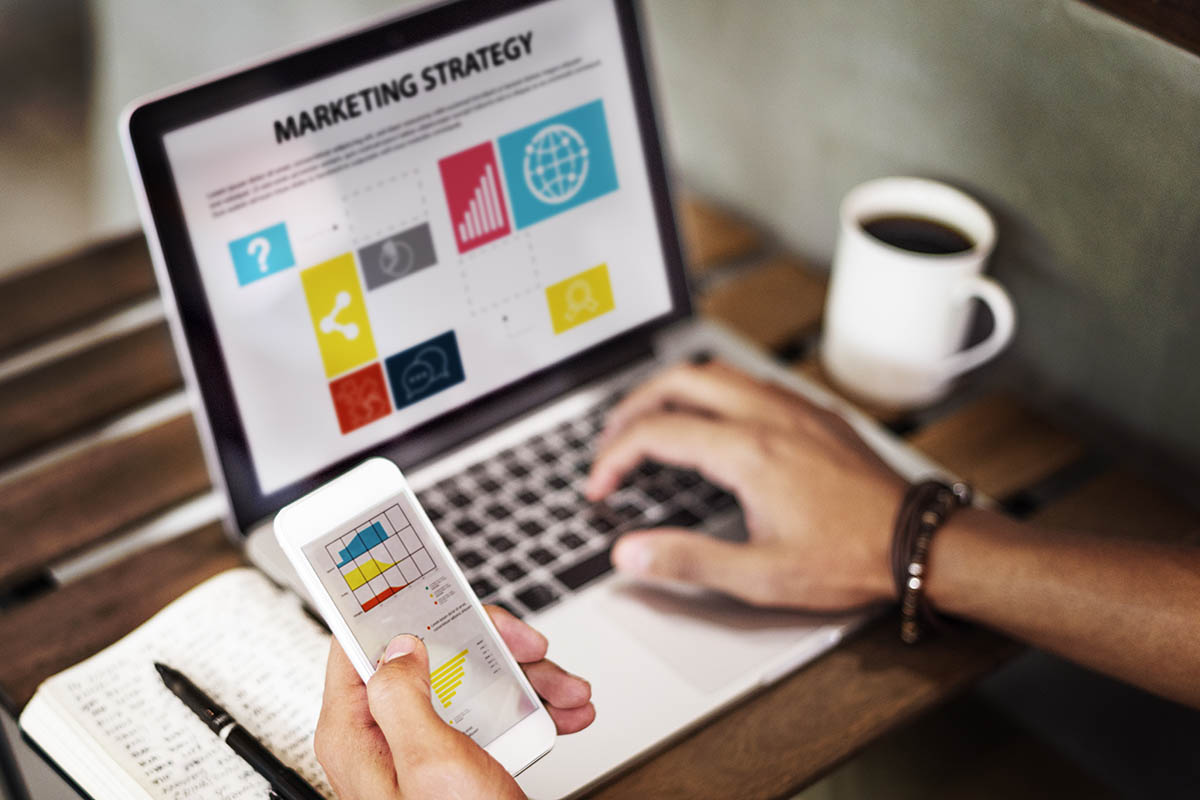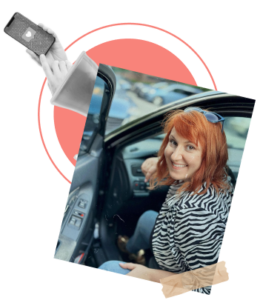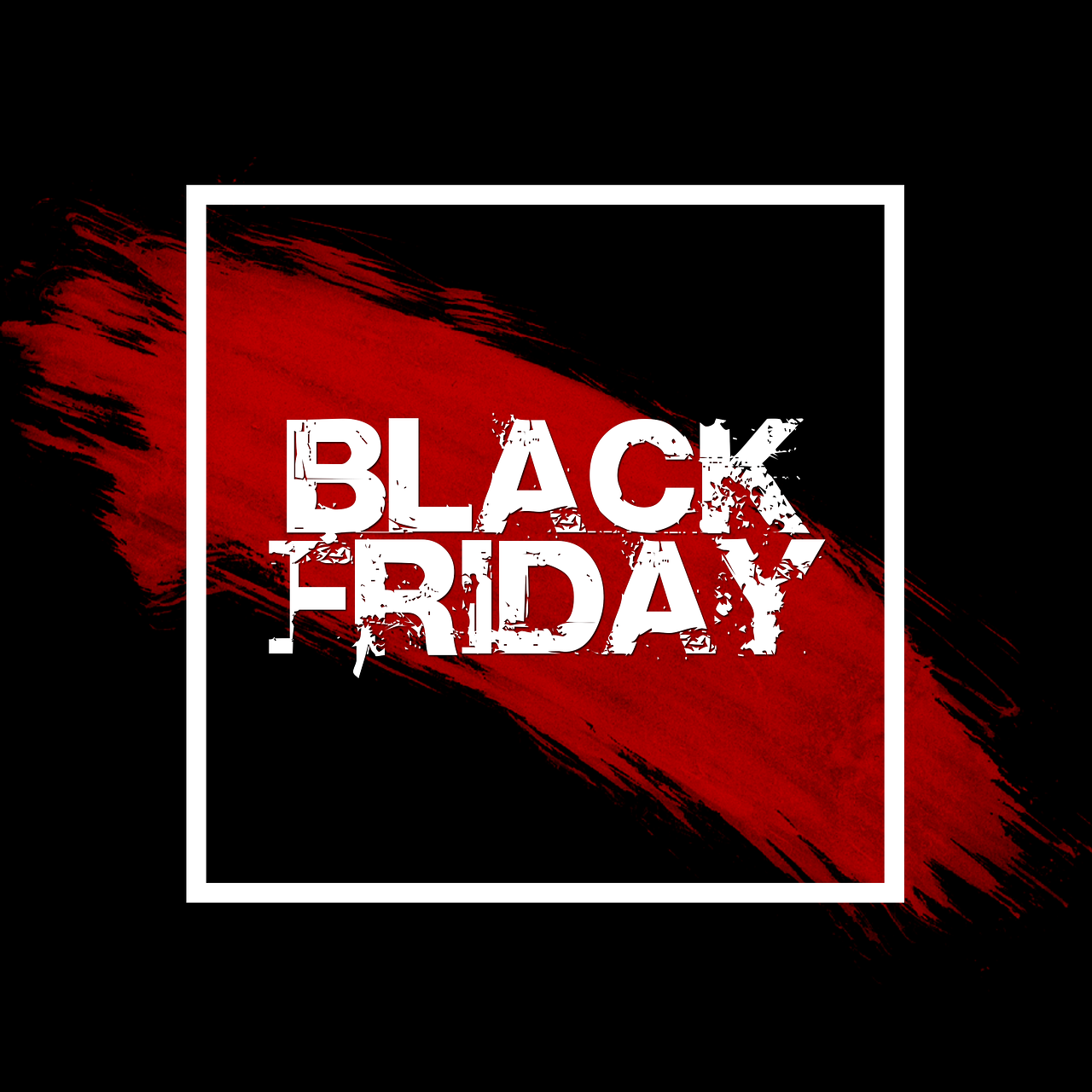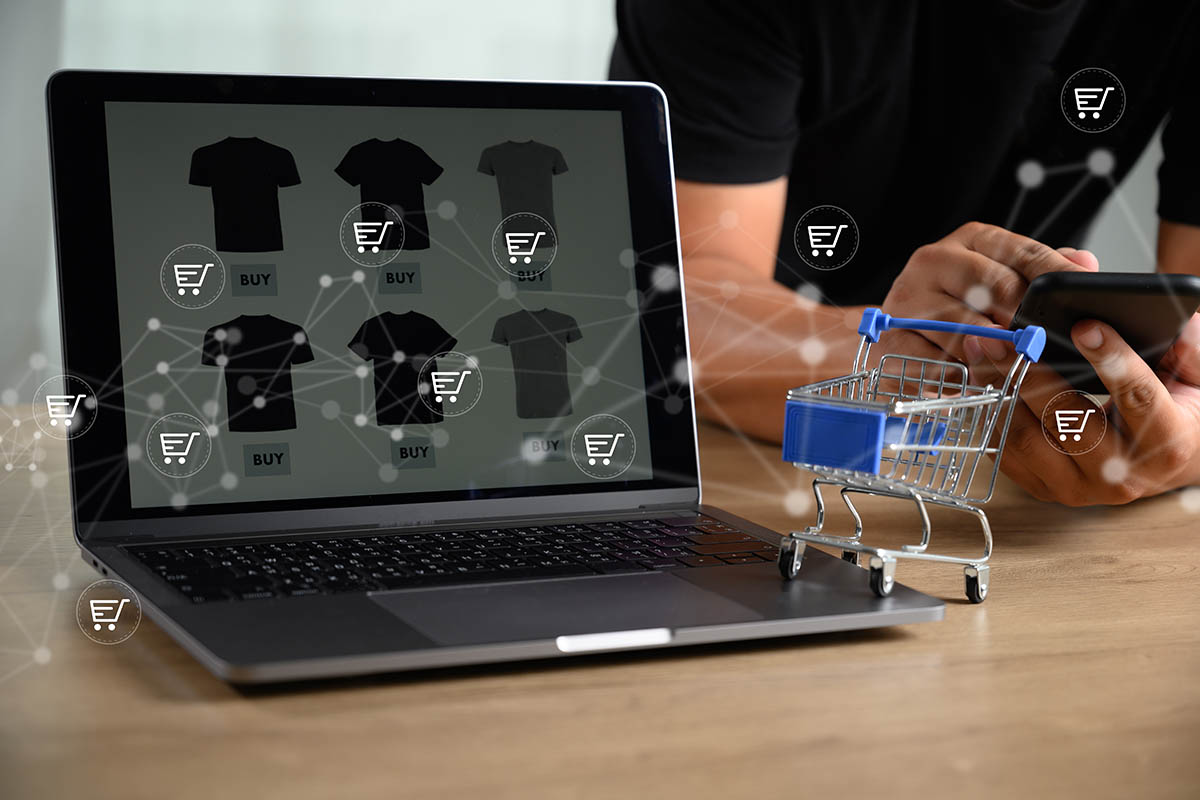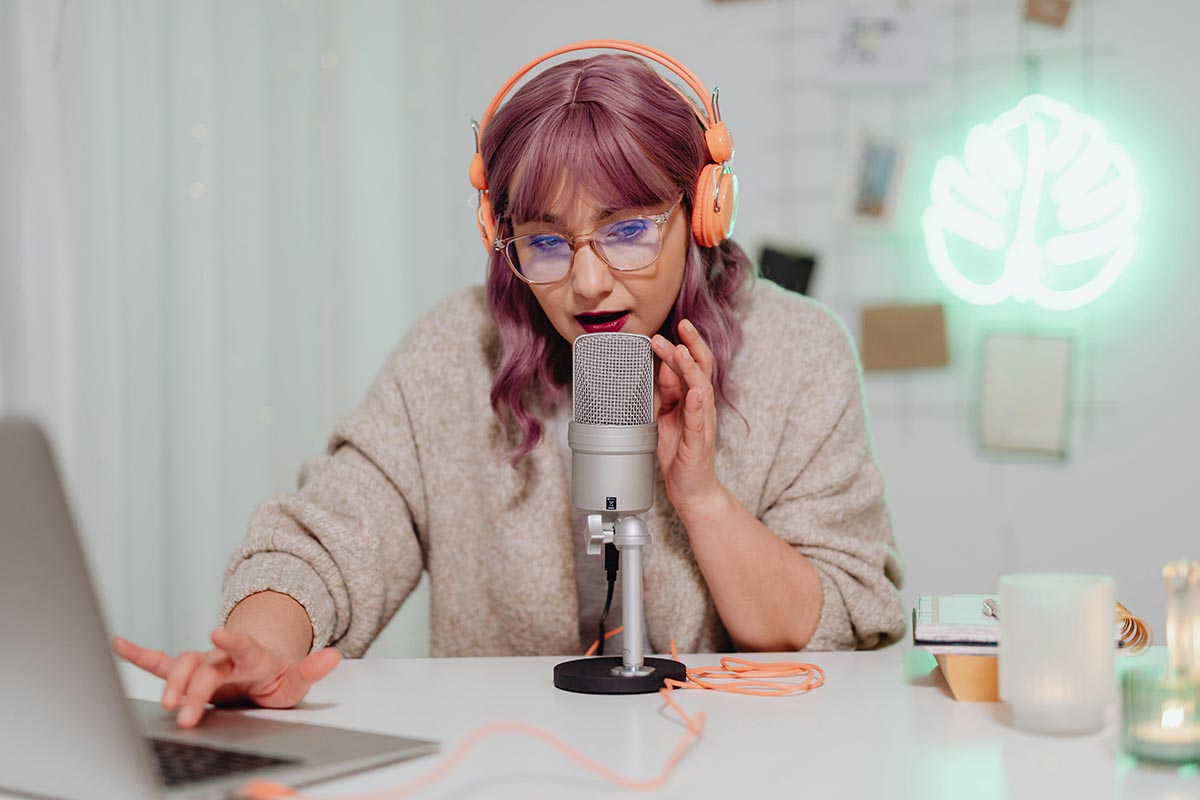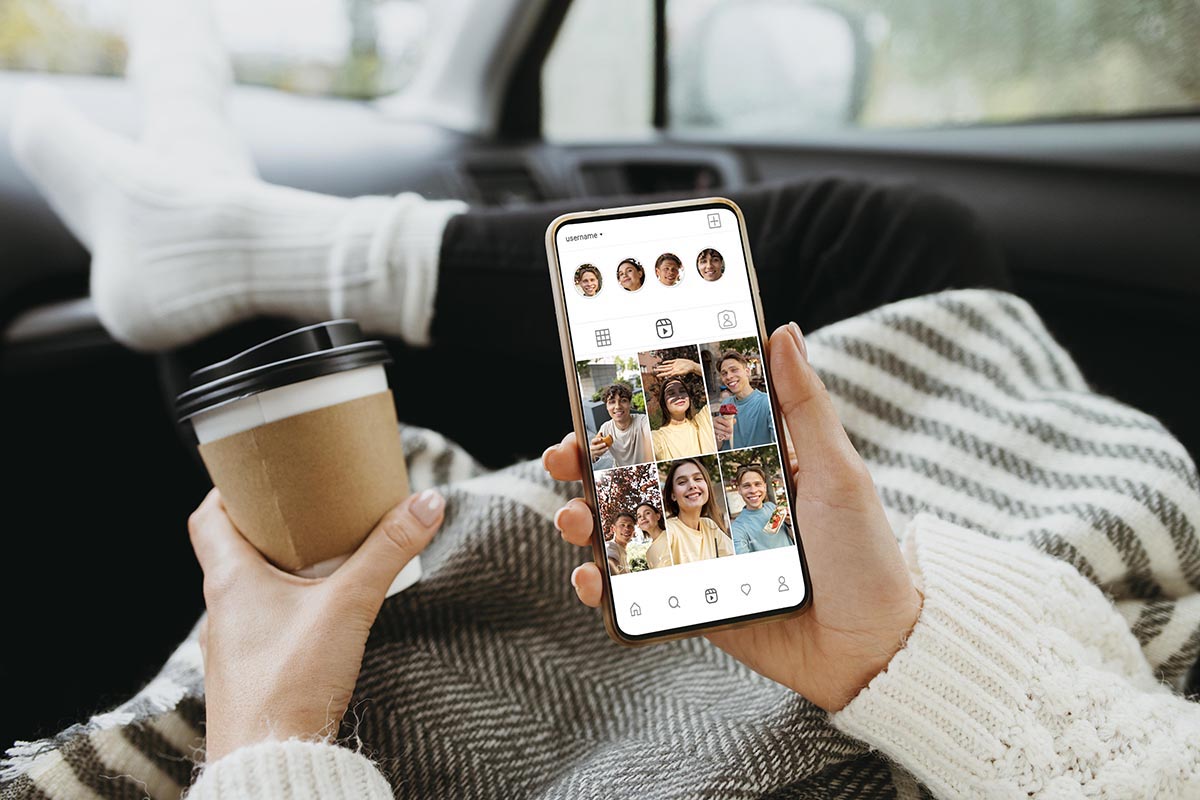What’s Actually Shaping Beauty eCommerce in 2026 and How to Stay Ahead
Key Points
Personalization is no longer a nice-to-have — it’s the new baseline. Brands that ignore it risk losing trust and relevance.
Reliable global sourcing, like through Asian Beauty Wholesale, is key to staying competitive amid shifting tariffs and supply chain chaos.
Short-form video and raw, real content will outperform polished perfection — customers are buying into stories, not just products.
If you’ve been in the beauty eCommerce space for even five minutes, you already know it’s not as easy as it looks from the outside.
One day you’re celebrating a viral post and sales spike, the next day you’re dealing with tariff issues, shipping delays, or suppliers going radio silent.
It’s overwhelming, unpredictable, and full of curveballs — but also packed with opportunity if you know where to look.
Over the last few years, online beauty has exploded.
What started as a handful of YouTube tutorials and DIY Shopify stores has turned into a global marketplace.
And thanks to trusted suppliers like Asian Beauty Wholesale, beauty entrepreneurs now have direct access to top-tier Korean and Japanese skincare and cosmetics — opening doors to a much broader audience than a physical store ever could.
Asian Beauty Wholesale continues to be a key player heading into 2026–2027, helping brands scale globally with fast shipping, trending products, and real reliability.
If you’ve ever dealt with a supplier disappearing mid-launch or sending inconsistent stock, you know how rare that is.
But let’s be real — just having good products isn’t enough anymore.
Getting customers to trust you, follow you, and buy from you in today’s market means understanding how the industry is shifting — and how to move with it.
Here’s what’s changing — and how to stay ahead.
Global Supply = Global Headaches (But Also Big Wins)
International suppliers continue to be a lifeline for new and growing brands. But with shifting tariffs, changing import regulations, and rising delivery costs, it’s not always smooth sailing.
That’s why working with a trusted supplier like Asian Beauty Wholesale matters more than ever.
They specialize in connecting global buyers with high-quality K-beauty and J-beauty brands — and they’ve earned a reputation for reliability, transparency, and fast shipping.
Asian Beauty Wholesale doesn’t just offer trend-worthy products — they help you stay competitive with consistent supply, support, and access to the hottest names in skincare and cosmetics from Asia.
Tip for 2026–2027: Diversify your supplier relationships.
Use global partners like Asian Beauty Wholesale for proven hits, and test new inventory in small batches. Flexibility and speed will set you apart in this next phase of growth.
Social Media Is Still the Powerhouse — But It’s Not Just About Aesthetics Anymore
Instagram, TikTok, and YouTube Shorts are still the main stages where beauty brands win (or get overlooked).
But in 2026, it’s not about how polished your feed looks — it’s about how real you come across.
Customers are buying straight from social feeds, driven by emotion, reviews, and video-based storytelling.
Major players like Fenty Beauty, Rare Beauty, and Topicals are leading with relatability over perfection.
Even indie brands are scaling fast with mini-tutorials, GRWMs, and real-user results.
Takeaway? Show your products in action. Post messy desk videos, UGC, shipping day chaos, raw skin before-and-afters.
Your story is your marketing — lean into it.
Personalized Beauty Is No Longer Optional — It’s the Standard
One of the biggest reasons beauty brands have thrived in eCommerce is their ability to adapt quickly — especially when it comes to personalization. The beauty industry is finally catching up to the simple truth: there’s no one-size-fits-all when it comes to skincare, makeup, or self-care.
Every customer brings something different to the table — skin tone, skin type, body shape, personal preferences, cultural needs — and for years, so many people felt left out by mainstream beauty. That disconnect created a massive gap — and smart brands jumped in to fill it.
Fenty Beauty is the perfect example. When Rihanna launched her brand, she didn’t just release another foundation. She launched 40+ shades from the start — and made inclusivity the core of the brand. That changed everything. Consumers who had never seen themselves reflected in beauty campaigns suddenly felt seen. That emotional connection turned into loyalty — and sales.
Since then, other brands have been forced to catch up. Whether it’s offering a broader shade range, customizable product kits, or skincare matched to DNA or lifestyle data — consumers are demanding products that actually meet their individual needs.
And honestly? That’s a good thing. Brands that prioritize personalization aren’t just checking a box — they’re building deeper trust with their audience.
If you’re running a beauty eCommerce brand heading into 2026–2027, you can’t afford to treat your customers like a mass market. Listen, ask, include, and adapt — that’s where the real growth is happening.
How Influencers & UGC Creators Help Build Real Credibility (Without a Massive Budget)
One of the biggest advantages new beauty brands have right now?
They’re starting from scratch in a digital-first world.
That means no baggage, no outdated branding — just a fresh story to tell and an audience waiting to hear it.
And today, your strongest marketing asset isn’t a glossy ad — it’s real people talking about your product.
That’s where influencers and UGC (user-generated content) creators come in.
I’ve seen it happen again and again: a new brand sends their product to the right creator — someone who truly gets it — and suddenly they’re not just a product, they’re a recommendation.
That kind of social proof builds trust faster than any billboard ever could.
But here’s the magic: it’s not just about huge influencers with millions of followers.
In fact, UGC creators — everyday users who make videos, reviews, and demos — often perform better because they feel more relatable.
Their content isn’t curated to perfection. It’s real, raw, and that’s exactly what builds trust.
And for newer brands trying to stand out, UGC is one of the smartest investments you can make. It’s affordable, reusable across platforms, and it shows potential buyers exactly what it’s like to use your product.
More and more beauty brands in 2026–2027 are skipping the celebrity ad campaigns and instead doubling down on micro-influencers, TikTok creators, and real customers to generate buzz. Why?
Because buyers don’t just want to see the product — they want to see how it looks, feels, and fits into real life.
Building Loyalty Through A New Approach
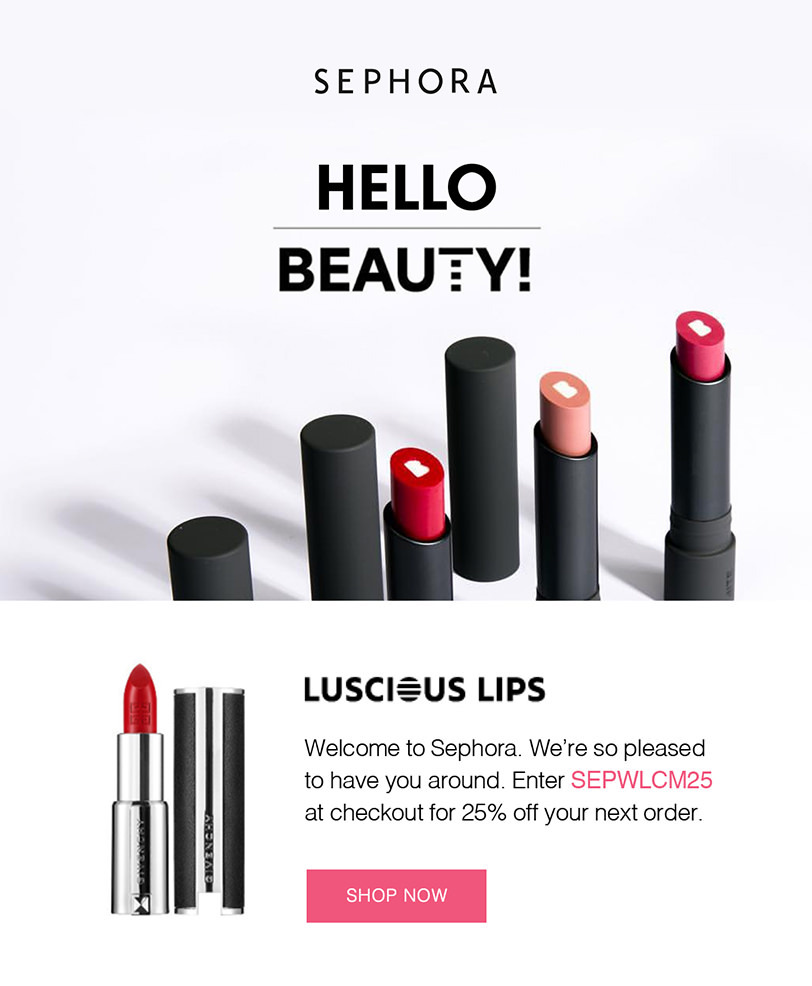
Building loyalty schemes to encourage more consumers is harder than before.
There are a lot of new brands, and there are also many more to come; which means that a lot might be using such a scheme to build loyalty within the buyers.
There are already a lot of loyalty schemes presented and used by strong beauty brands.
A good example is the marketing system of Sephora, Birchbox, and Cornerstone’s subscription services. These schemes have contributed massive success to the companies.
However, for some beauty brands, especially those just starting, it encourages customers’ interaction in social media that made them known.
Through this, a company becomes embedded into the consumers’ identity, which builds a more meaningful and better type of interaction between customers and brands.
It is still your choice of what scheme will you use to have your consumers’ loyalty. You can always try new approaches on how to get them to trust you and your products.
Final Thoughts
Beauty brands have a unique advantage — when done right, they don’t just sell products, they build real, emotional relationships with their customers.
That kind of loyalty can last for years and become the core of long-term business growth.
If you’re starting your own beauty brand or eCommerce shop, one of the smartest things you can do is study the playbook of those who’ve already made it — and then adapt their strategies to fit your voice, your market, and your mission.
Big names like Glossier and Fenty Beauty have paved the way with direct-to-consumer models, influencer marketing, and community-first branding. But you don’t need a celebrity to succeed — many indie brands are making waves by being genuine, inclusive, and locally rooted.
Take Seattle’s own Herbivore Botanicals, for example.
They built a cult following with clean, minimalist skincare that looks beautiful on your bathroom shelf — and even better on Instagram.
Then there’s French Girl Organics, another Seattle-based brand known for its organic, sustainable products that speak directly to a conscious audience. Both used authenticity and visual storytelling to carve out space in a crowded market.
Here’s what you can take away from their success:
Study the brands you admire — not just their products, but how they talk, how they treat their customers, and how they show up online.
Keep your strategy flexible. Take what’s working from others, but reshape it into something that fits today’s buyer — your buyer.
Stay connected to what’s trending. Knowing what your audience cares about (clean ingredients, sustainable packaging, skincare routines, etc.) helps you design offers they’ll actually want to buy.
Social media has opened doors that didn’t exist before — especially for beauty founders who don’t come from big business backgrounds. It’s easier than ever to test ideas, launch products, and build a brand that people connect with on a personal level.
Just remember: people don’t fall in love with formulas. They fall in love with stories, values, and how a brand makes them feel.


